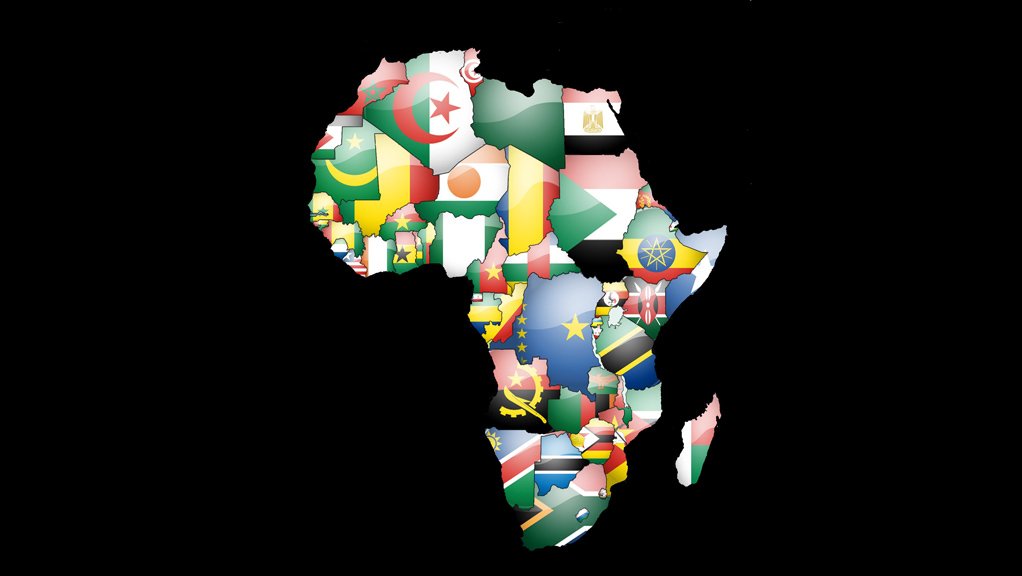- Africa's Pulse: An Analysis of Issues Shaping Africa’s Economic Future – April 20253.75 MB
Economic activity in Sub-Saharan Africa is projected to edge up from 3.3 percent in 2024 to 3.5 percent in 2025 and further accelerate to 4.3 percent in 2026–27. The region’s economic performance is still dragged down by some of its largest countries—namely, Angola, Nigeria, and South Africa. Excluding these countries, the rest of the subcontinent is expected to grow at 4.6 percent in 2025 and speed up to 5.7 percent in 2026–27. This outlook is subject to heightened risks arising from global policy uncertainty.
As inflation cools down and converges to targets, and (global and domestic) financial conditions remain accommodative, it is expected that household consumption and investment will support the region’s growth acceleration. The contribution of government consumption will remain modest as the public sector continues to balance revenues and expenditures while managing painful trade-offs between servicing the debt burden and investing in social and physical infrastructure. Across sectors of economic activity, the contribution of services is expected to remain robust in 2025–27, primarily driven by recoveries in information and communications technology, the financial sector, and tourism. Agriculture is expected to pick up from its lows in 2023–24, thanks to improved climate conditions, infrastructure, and technology.
Report by the World Bank Group
EMAIL THIS ARTICLE SAVE THIS ARTICLE ARTICLE ENQUIRY
To subscribe email subscriptions@creamermedia.co.za or click here
To advertise email advertising@creamermedia.co.za or click here











